Hulu’s Under the Bridge episode 7, “Three and Seven” makes multiple small changes to the truth that help foster a deeper understanding of the characters. On the most basic level, the goal of Under the Bridge is to outline the true story of the real-life murder of Reena Virk. The fourteen-year-old girl experienced negative influences like bullying and peer pressure leading up to her death. She tried desperately to be liked by the people she considered her friends.
However, like the eponymous book by Rebecca Godfrey, another goal of the miniseries is to understand what leads teenagers to commit acts of violence and murder. Under the Bridge makes changes to the real events depicted in episode 7 in order to better achieve both of these two goals. The changes in this episode are less influential to the overall story, and they help get to the emotional truth of the individuals involved in the crime with the changes.
6The Real Samara Did Want To Talk To Warren
Syreeta Hartley Desperately Tried To Contact Warren Glowatski
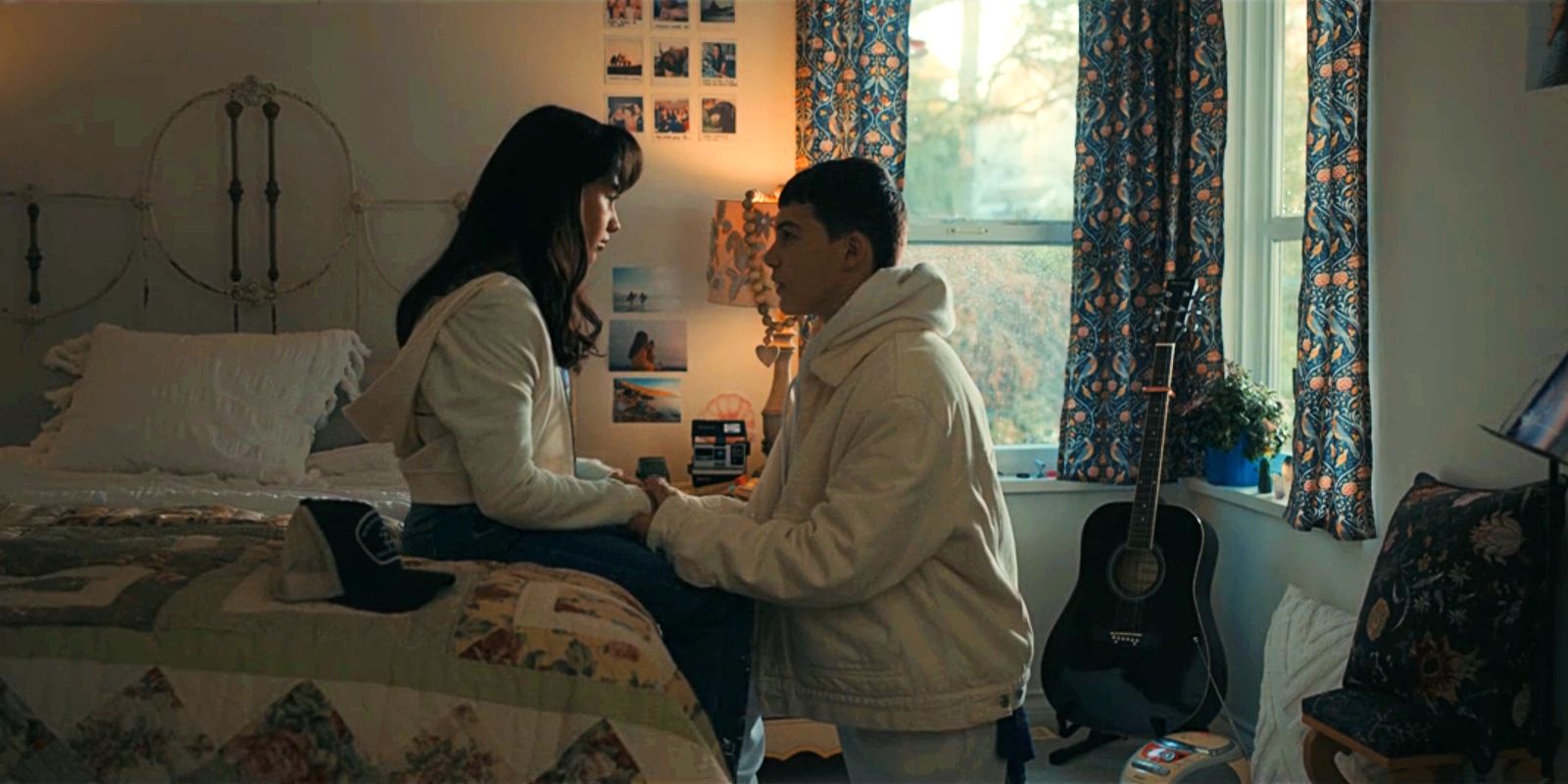
When Rebecca goes to visit Warren in prison in Under the Bridge, he mentions that he hoped it was Samara coming to visit. He then confirms that Samara doesn’t want to see him. However, this is a deviation from the true story outlined in Rebecca Godfrey’s book.
The first thing that Syreeta said after her interview was over was that she wanted to talk to Warren. She cried twice about wanting to speak to Warren, once when she first asked and the second when she found out that she could not see him due to the ongoing investigation and upcoming trial. Despite this, Syreeta wrote a letter to Warren, giving it to Grace Fox to pass along. Because of this, Warren would have known that Syreeta wasn’t icing him out or disinterested.
Ultimately, Syreeta felt conflicted about even testifying because of the weight of Reena’s murder and her love for Warren. She only started distancing herself intentionally after the sentencing. Despite the truth, this change in Hulu’s Under the Bridge shows the isolation that Warren felt while in juvie and prison, getting to the emotional truth even if it changes the facts.
5Kelly Wasn’t Let Out Of Juvie Due To Bullying
The Incidents Of Bullying And Getting Out Of Juvie Were Unrelated
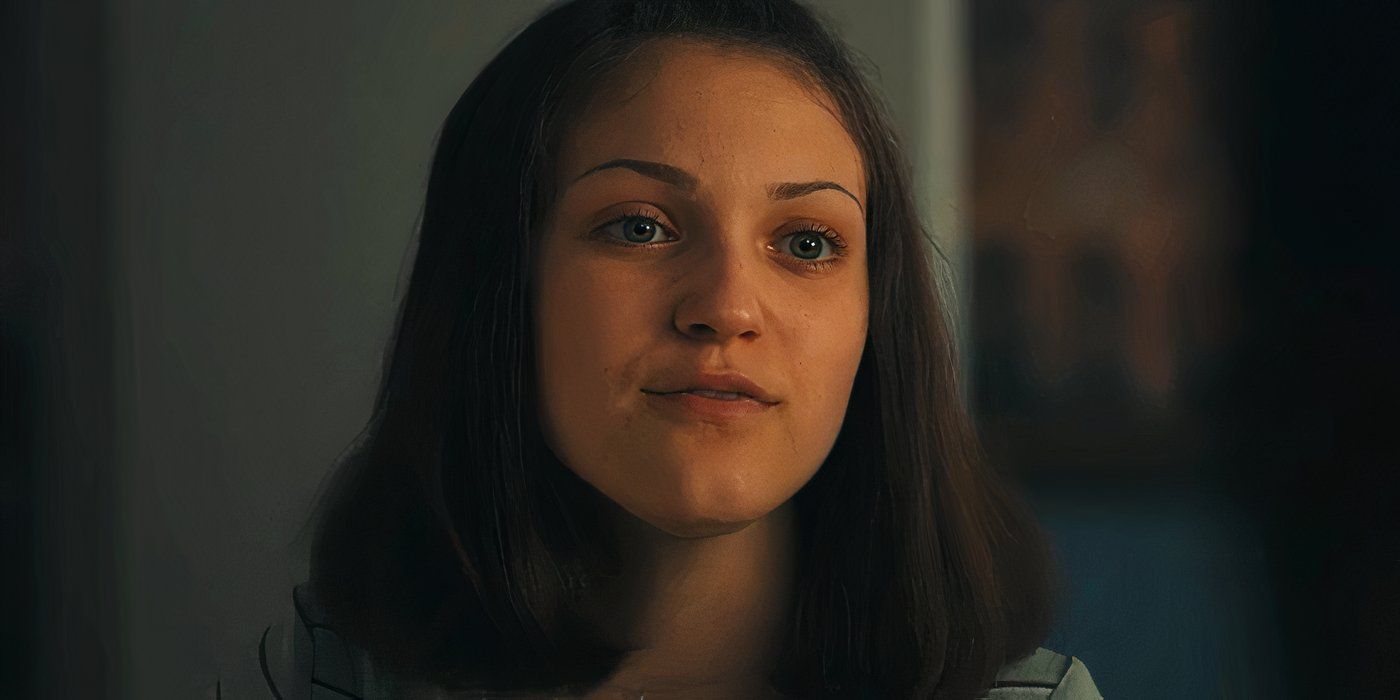
During Hulu’s Under the Bridge episode 7, “Three And Seven,” Kelly finds out during her meeting with her lawyer that she can petition the court to get out if she is in danger in juvie. As such, she pushes the others into hitting her, proving that she is in danger and allowing her to get out. This is somewhat of a deviation from what really happened. According to Rebecca Godfrey’s Under the Bridge, Kelly was bullied in juvie, with people tripping her, pouring juice on her, and saying mean things to her. However, she was still stuck there.
The change Under the Bridge made to Kelly Ellard getting out is reflective of the real-life privilege that Kelly Ellard had throughout her three murder trials.
Eventually, she ended up getting out on bail normally, rather than due to bullying. Josephine, Dusty, and Warren weren’t granted this same concession. Ultimately, the change Under the Bridge made to Kelly Ellard getting out is reflective of the real-life privilege that Kelly Ellard had throughout her three murder trials. She was treated better and received considerations, like bail, that the other teens didn’t get. Kelly Ellard also had much better legal representation due to her family’s money.
However, unlike the real way she got out, Hulu’s Under the Bridge points to Kelly’s manipulative side. She could have just asked a friend to hit her, but instead, she twisted others’ emotions for her own benefit. This manipulation is seen in real life when Kelly Ellard threw Josephine under the bus and continued to say horrible things about her in interviews with the police. Especially since they removed details about Kelly blaming Josephine, the change in the way Kelly got out seems appropriate.
4Warren Didn’t Get The Tattoo Until Prison
Warren’s Prison Tattoo Occurred After His Sentencing
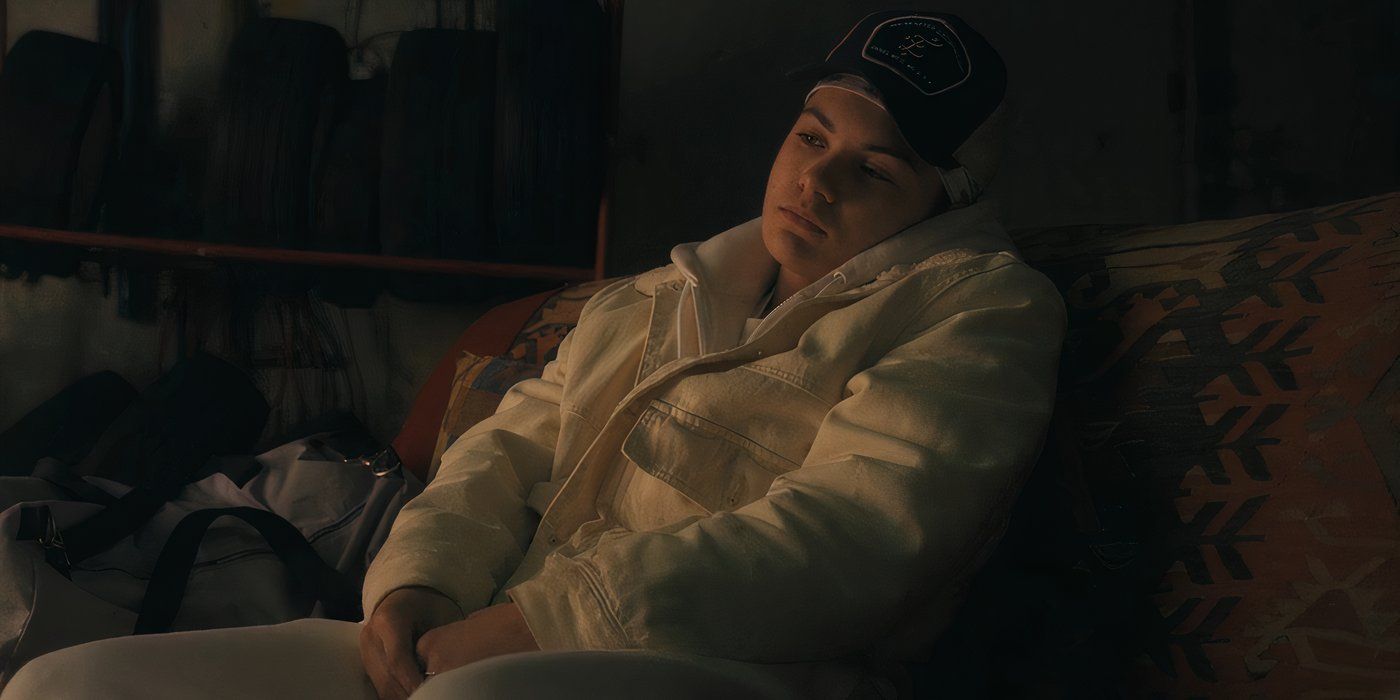
One of the more emotional moments of Warren in juvie occurs when he is getting a tattoo that says the words “First love” – representative of his relationship with Samara. This isn’t a completely fictionalized moment of the show. In real life, Warren Glowatski did get that tattoo, but it didn’t happen until after his sentencing, when he arrived at the medium-security prison. This change related to the tattoo seems strange because it seems probable that teens in juvenile detention would get much more supervision than adults in prison.
Additionally, the method of tattooing appears slightly different in the show than what’s described in the source material. The person tattooing in Hulu’s Under the Bridge is using something that looks like a pencil or a pen. It’s unclear exactly what they’re using to do the tattoo. However, Rebecca Godfrey’s book details that the inmates used onion paper, the motor from a Walkman, and needles which were stolen from the arts and crafts room.
The only way it would make sense for Warren to get the tattoo in juvie with less intense objects is if they don’t plan to show him in prison in the final episode of Under the Bridge. If that ends up being true, the change makes sense because it allows the audience into an emotional moment for the real-life Warren, while also reflecting on his love for Syreeta.
3Under The Bridge Episode 7 Erases Lily
Lily Was A Jailhouse Informant Who Should Have Appeared In Under The Bridge Episode 7

In order to maintain a focused narrative, Under the Bridge focuses on a select number of teenagers who are central to the story while leaving others out. One person from the real story would have appeared in Under the Bridge episode 7 if they were going to include her. Unfortunately, it appears that the show will not include Lily, the teenage jailhouse informant who decided to come forward after hearing from Kelly Ellard that she admitted to drowning Reena Virk during a conversation in the bathroom.
According to Godfrey’s Under the Bridge, Lily’s choice to talk to the police came at a great cost to Lily because of the teen’s past. Lily was in jail because she developed an opioid use disorder after being forced to use heroin and became a commercially sexually exploited child in order to maintain her addiction. In the eyes of the police and the law, she wasn’t a victim or someone with an illness. She was treated as an unreliable narrator due to the crimes that led to her time in juvie.
Ultimately, it’s a shame that the show chose to change the story by leaving out Lily. Like Under the Bridge replacing Anya and Nadja, the omission of Lily changes the way the teenagers of Saanich are viewed. Additionally, it changes the perception of teens in the juvenile detention center. Lily had nothing personally to gain from coming forward, but she still felt like it was the right thing to do.
2Warren Admitted To Dragging Reena While On The Stand
Warren Glowatski Admitted To Dragging Reena’s Body In Both Interrogations And On The Stand
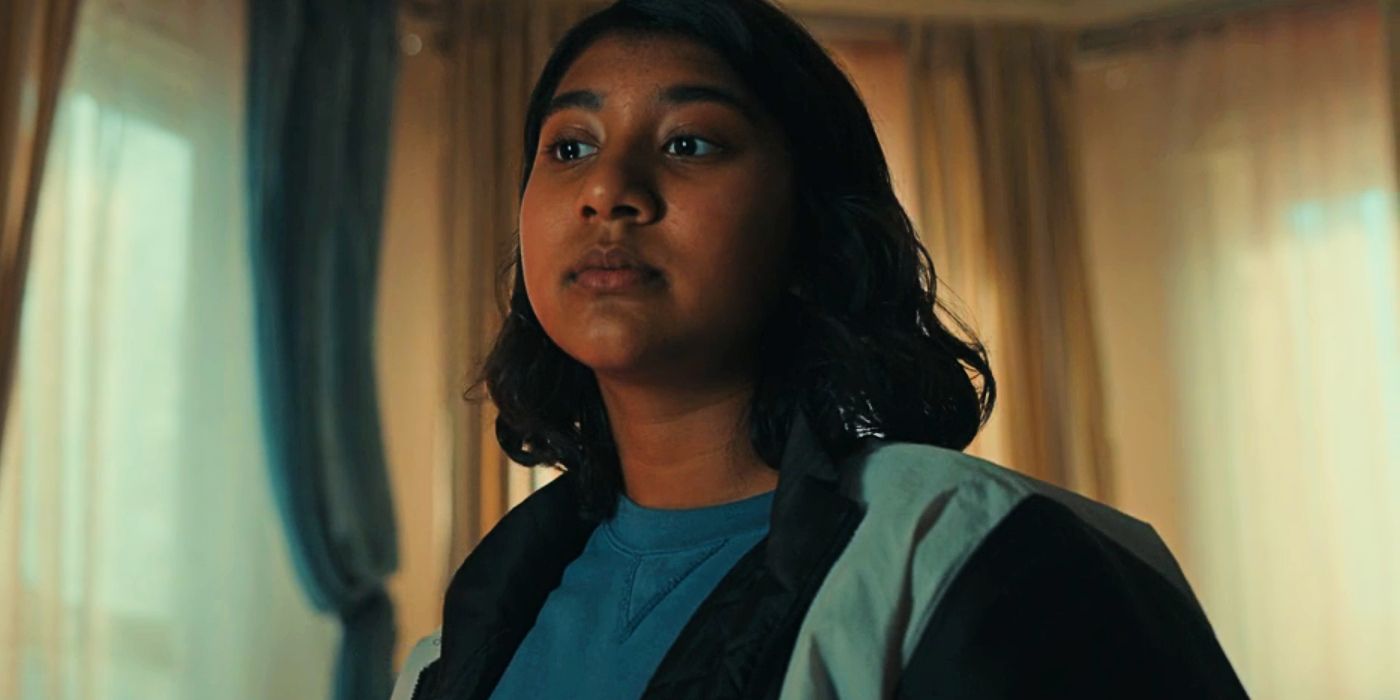
While on the stand in Hulu’s Under the Bridge, Warren flounders while deciding what truths to tell and when he should lie. He’s asked whether he dragged Reena at any point and he responds in two ways. First, he says that he doesn’t want to say anything to incriminate himself. Then, he says that he doesn’t know whether he dragged her or not. This moment, while emotional and dramatic, is not accurate to the true story.
This change in Hulu’s Under the Bridge shows how conflicted Warren was in real life, going back and forth between wanting to protect himself from trouble and wanting to tell the truth.
According to Rebecca Godfrey’s book, Warren Glowatski surprisingly admitted to dragging Reena’s body across the floor while he testified at his trial. His explanation for this action was that he was pulling her to a darker spot away from the road due to cars driving by. When he later testifies at Kelly’s second trial, he also admits to dragging Reena, with Kelly’s assistance, close to the edge of the water. Based on his second testimony, he only stopped because he saw a military police car go by.
This change in Hulu’s Under the Bridge shows how conflicted Warren was in real life, going back and forth between wanting to protect himself from trouble and wanting to tell the truth. Eventually, Warren Glowatski became involved in the restorative justice program, allowing him to be honest and acknowledge the damage he did to the Virk family.
1Warren’s “Three And Seven” Statement Occurred In An Interview Not On The Stand
Under The Bridge Episode 7’s Title Came From A Police Interrogation Statement
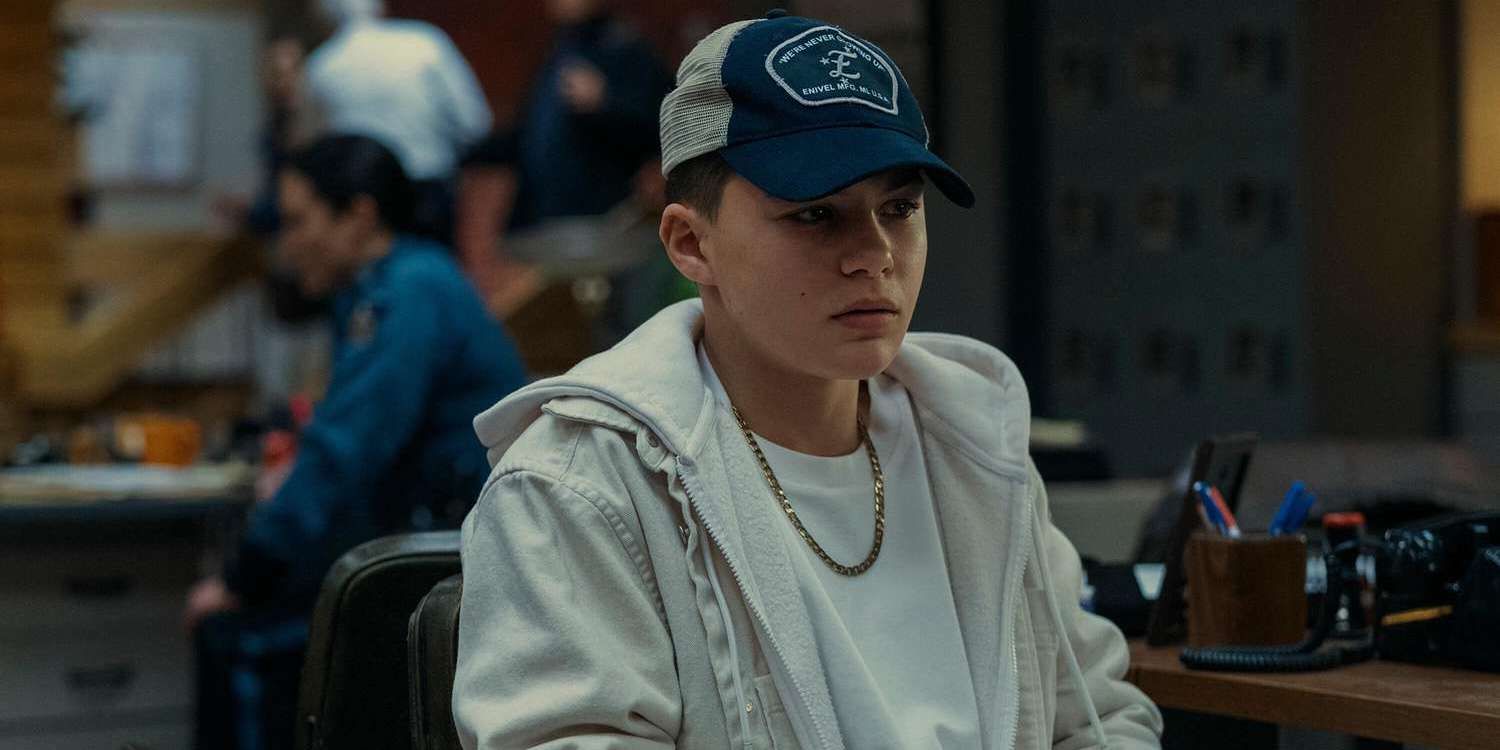
The pivotal emotional moment in Under the Bridge episode 7 occurs when Warren Glowatski takes the stand in his own defense. He is asked by the attorney, on a scale of one to ten, how much of the blame was his fault and how much was Kelly’s. Warren answers, “Three and seven,” which is where the episode title comes from. Like many of the changes in this episode, this wasn’t completely made up. Warren Glowatski really was asked that question and gave the titular answer. However, the circumstances surrounding the question and answer were different from those in the show.
As written in Rebecca Godfrey’s Under the Bridge, Warren was asked this question in the interrogation done by detectives John Bond and Bruce Brown after Warren’s arrest. Bond is the person who asked the question, not an attorney. While interviews often come back up in trial, Warren’s testimony doesn’t include any mention of the “Three and seven” evaluation.
By changing the timing of Warren’s statement, they keep his statement true while also adding more drama to the tail end of the show. This is important because after the teens are arrested, the story becomes procedural. Episodes focused on the court and the law can often fall flat in true crime TV shows unless there is drama in the testimony. Most of the real-life drama in court occurs in Kelly’s trial, not Warren’s. As such, this small change helps keep the attention until Kelly’s inevitable trial in Under the Bridge episode 8.
News
Case Being Reopened ‘Speaks Volumes About the Quality’ of Ryan Murphy’s ‘Monsters’
“Shrek” director Vicky Jenson celebrated the premiere of her new Netflix film “Spellbound,” the second animated feature from John Lasseter-led Skydance Animation, in New York City on Monday November 11. The story stars Rachel Zegler, Javier Bardem, and Nicole Kidman in a fairy tale that takes place in…
Support for Menendez brothers grows after “Monsters” series hits Netflix
Photo credit: Wikimedia Commons Lyle and Erik Menendez, made infamous by their 1989 patricide, are brought back to the forefront of public attention with Ryan Murphy and Ian Brennan’s most recent Netflix series. “Monsters: The Lyle and Erik Menendez Story”…
Just How Absurd Is ‘The Diplomat’ Season 2 Ending? And Does It Work?
Netflix Spoilers below. The ending of The Diplomat’s second season is both deeply consequential and deeply unserious. It was already a bold choice for the Netflix political drama to drop season two mere days before the 2024 presidential election, but for the finale…
Javier Bardem Understands ‘Monsters’ Toxic Masculinity: ‘Something I Fight Against Every Day’
Love it or hate it — and responses run the gamut — “Monsters: The Lyle and Erik Menendez Story” was one of the biggest, buzziest TV shows of 2024. Ryan Murphy and Ian Brennan’s second installment of the “Monster” anthology (following the first season about Jeffrey…
Who Is in the Trunk of Mickey’s Car at the End of ‘The Lincoln Lawyer’ Season 3?
Just when it seemed like everything was working out for Mickey Haller, things quickly turned for the iconic lawyer as he tried to leave town for a little vacation and had a surprising traffic stop that turned into his surprise…
End of content
No more pages to load











